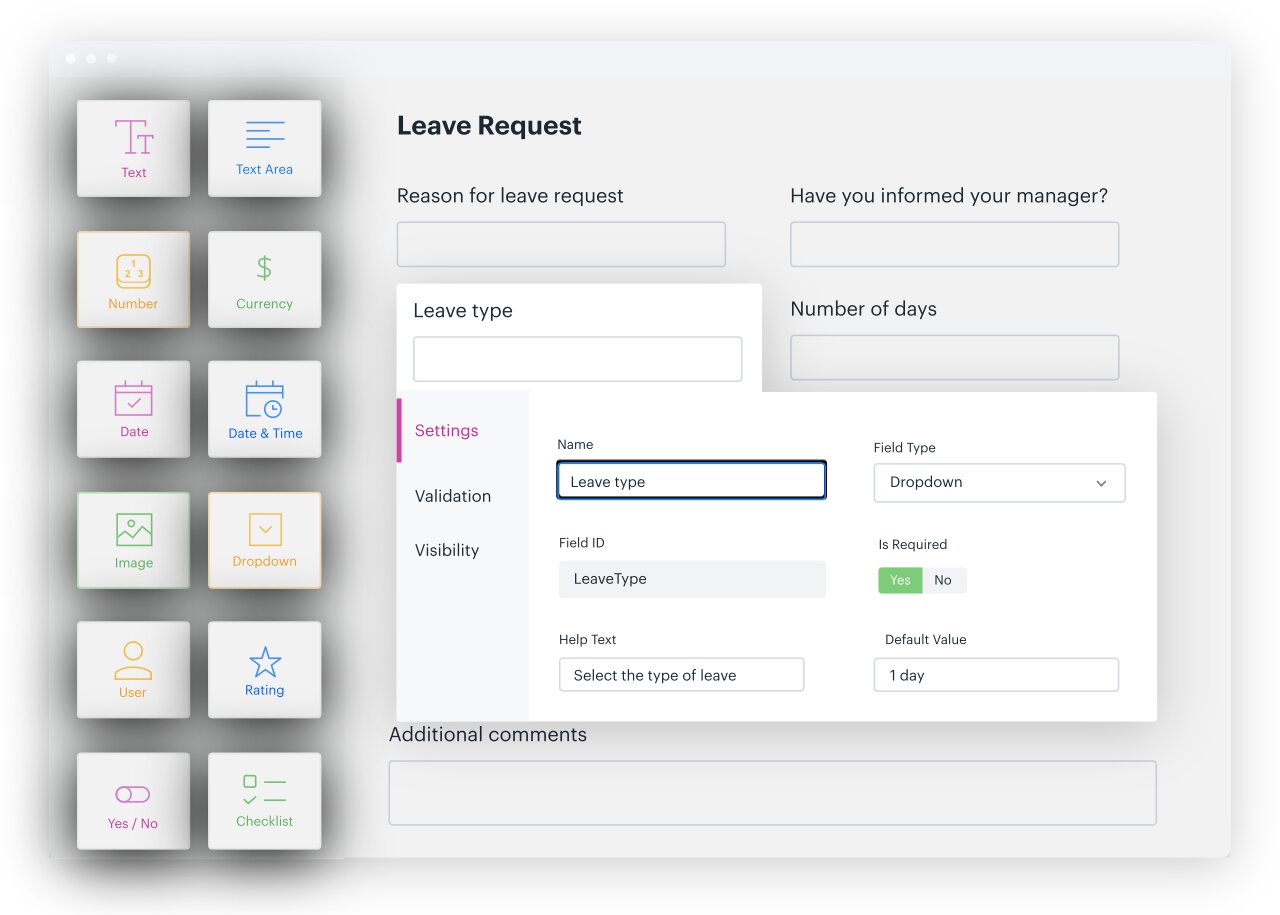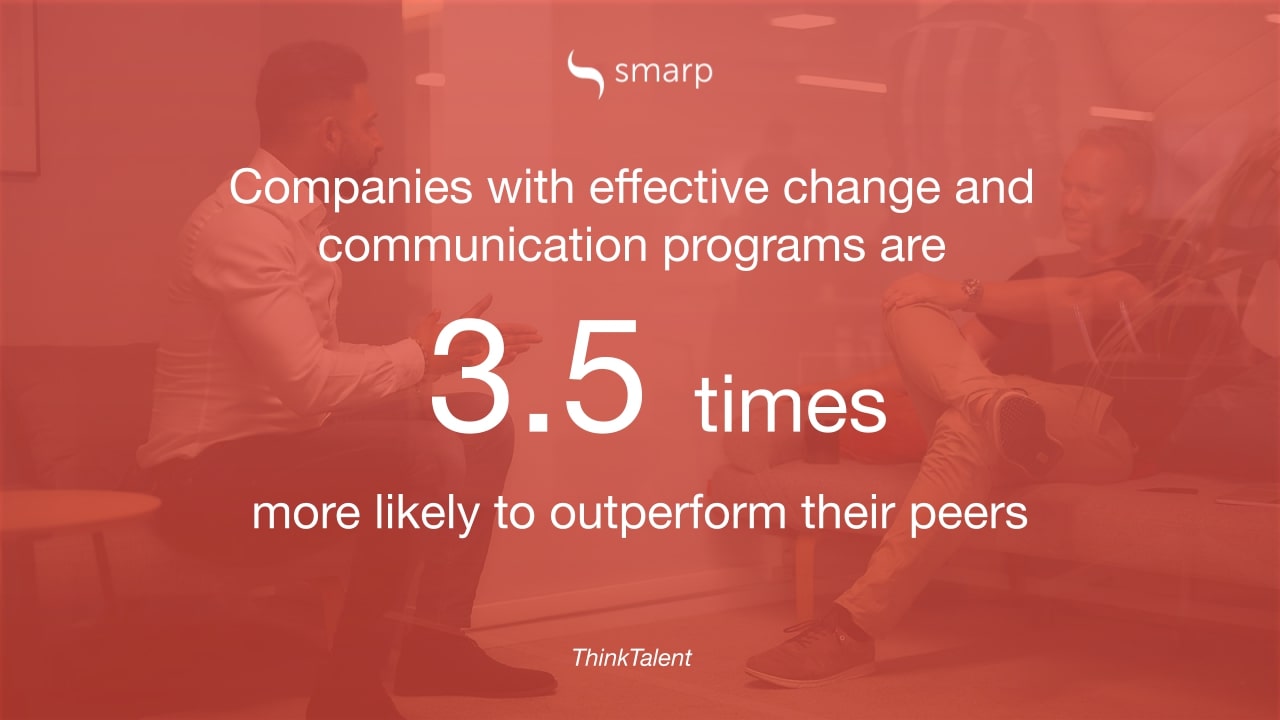As a software developer and CTO, I have experience in working in both one-man startups and large corporations. Regardless of how big the company is, almost every software development firm has the problem of almost sinking into paperwork. And due to the lost efficiency, it wastes a lot of resources. Sometimes, at least part of the excessive administrative and paperwork is also a self-inflicted problem.
In the meantime, I think you have noticed it too, the urge for constant innovation is increasing. We've seen the triumphant advance of the new global giants such as Google and Amazon. Since that, it has become clear that inventiveness and courage to change are among the key success factors in the digital world. The lack of time-wasting bureaucratic practices has a strong impact on the will to innovate and develop the company.
Thus, even small and medium-sized companies can no longer leave innovations to chance - or their managers. It concerns all industries. And it's especially true for companies building creative solutions in digital transformation. That's the reason I want to share my methods of reducing the bureaucracy in the company and optimizing working processes.
The Essence of Bureaucracy
The essence of the bureaucracy is difficult to grasp. Because, simply, this is the perception of administrative activities. In everyday life, bureaucracy is associated with just paperwork. However, it's up to the beholder to make a distinction between “paper mess” and just 'paperwork'.
For many employees, some administrative activities are not at all bureaucratic. While for others, the same activities are perceived as extremely bureaucratic. What's certain, however, is that every form of bureaucracy is considered negative in the traditional sense.
In other words, the term “bureaucracy” will never get rid of its bad name. As a result, companies considered bureaucratic often suffer from a negative image.
The causes of bureaucratic structures
If the cause is to be recorded by bureaucratic structures, then a quick explanation can often be found. The reason for this is usually outside the company, i.e. due to the requirements of the state. Many companies see themselves helplessly at their mercy. Admittedly, this fact, whether it's called rule madness or not, cannot be discussed away.
However, government rules and regulations are not the only cause of corporate bureaucracy. Because several causes are homemade when viewed self-critically. They're rooted in ingrained processes which are often not critically questioned. Why? They simply work.
To put it roughly, 2 types of causes that affect companies can be identified:
- 'state', or external;
- internal.
It’s worth noticing that well-functioning accounting is the basis for a company's economic success. If this basis is not right, the company organization can fail. Customers and employees turn more and more dissatisfied. Processes become not profitable, and the warehouse remains empty.
However, these are just some of the problems caused by bureaucracy and misdirected bookkeeping. The following 5 tips can help reduce administrative overhead and help you focus on what matters most.
Tip 1: Do the accounting using software
Fortunately, there're more and more opportunities for companies to do at least a large part of their bookkeeping on the computer. You can use universal solutions that can optimize and automate processes, like QuickBooks or Xero. At Vilmate, we use a Ukrainian-based electronic document management tool.
These solutions unite all processes so that resources can be used more efficiently. Thus, you can also reduce costs. Anyone who opts for such a solution has all business figures constantly in view and can check all data and documents with a click of the mouse. I consider it a first step on the way to increase efficiency and transparency.
Tip 2: Get rid of paper
Research from Gartner, Inc. estimates that as much as 3% of a company’s revenue is spent on paper, printing, filing, storing, and maintaining files. As you can see, it is worth cutting this spending off.
Companies using a commercial solution for accounting reduce their paper consumption by default. Nevertheless, there are other ways to get closer to the dream of a paperless office.

Also, you can use convenient programs for ordering processes and vacation lists. They help to record, archive, or share data without the need for paper.
Tip 3: Replace emails with lean collaboration platforms
I'm sure that emails for communication with partners and other companies will remain irreplaceable in the future. However, most of the emails that land in one's mailbox every day come from internal employees.
In the past, colleagues exchanged ideas at the coffee machine, now an email is written quickly. However, this type of communication increases the effort, while the benefit is lower.

Companies should therefore use lean collaboration platforms that work in a similar way to Slack. In such a way, teams can exchange ideas directly and easily.
There's also the possibility to define groups depending on the main topic or department so that a targeted exchange is possible. It also ensures that all information worth knowing is collected in one place.
Tip 4: Generate more mobility
Nowadays, more and more employees choose to work independently of time and location. I believe that it increases work efficiency. That’s why companies should create the necessary prerequisites for this process. It can be achieved by digitizing processes and data and making them available in the cloud.
Simply, make your life easier by saving all your data and documents in cloud storage and using SaaS, or software-as-a-service, collaboration tools. Among the many collaboration tools we use at Vilmate, I can name Google Drive, Slack, Trello, and Figma. These tools help our team stay productive and collaborate more efficiently.
Tip 5: Combat silo mentality
"My project, my knowledge, my department". This type of silo thinking is still very widespread among many employees. Mentioned tips on digitization and process reorganization can help to combat this silo thinking. All because knowledge and departmental boundaries cannot stop the software. Instead, it’s better to create new structures based on real operational requirements.
First of all, you need to create favorable framework conditions. It'll help the workforce to actively participate in the creative process. There are simple ways to do this. For example, you can hold regular open discussions among employees. Thus, your employees will be aware of the current technological or industry-relevant topics.
Also, you can exchange ideas once or twice a month and collect knowledge, regardless of specific projects in the company. It helps to strengthen team spirit. And sometimes it can bring out ideas that otherwise remain under the surface in day-to-day business.
Targeted brainstorms on specific topics, such as lunch or an evening workshop, are also very helpful. Here, an employee presents a current innovation project. For example, in a short keynote speech with the following open discussion. In times of COVID-19, video conference tools offer a great alternative.
Systematic innovation process
A systematic innovation process ensures that ideas become innovation projects and marketable products. You also need to provide concrete improvements in the workplace and internal processes.
You can find the steps of such an IT-supported process below.
Step 1
An employee feeds his idea into the "idea storage tool". He or she gives the idea a title, describes it briefly, and names the potential benefits that can be realized with it for the customer/company.
To systematize the whole thing from the beginning, the "idea storage tool" should be filled with standardized templates. It’s important to keep it as simple as possible at the beginning. So that the idea is captured and doesn’t fail in the first step due to bureaucracy.
Important: The entire innovation process should be open and transparent. It means that every employee has access to all ideas and information circulating in the "idea storage tool". Sometimes I even remind myself that my team members can view and comment on it.
Thus, if necessary, they can influence an idea with additional impulses as a result. In this way, the entire workforce can engage in the generation and further development of ideas. You can arrange regular open rounds of talks for newly introduced ideas.
Step 2
Now follows the first of several so-called stage gates. The employees evaluate the information provided. Areas that are particularly affected by the idea or that can potentially benefit should be informed directly about the new idea.
In the case of product innovations, for example, the sales team is an important interface. It evaluates innovation with its market view.
Step 3
The next phase is about experimentation and implementation. Here, you test an idea with a prototype or pilot test. In such a way, you’ll understand whether the idea is suitable for your company at a particular time.
Mind that ideas can be ahead of time. For example, in 2007, Steve Jobs presented web apps, similar to PWA that are extremely popular now. But back then, the technology situation didn’t allow these apps to be more useful than app stores’ alternatives.
Nowadays, PWA development helps businesses decrease development costs and time. Also, it increases conversion and retention rates. Speaking of users, they get a responsive, secure, and capable product that acts like a native application.
Conclusion
“Bureaucracy in the company” is not a catchphrase that we, entrepreneurs, are helplessly exposed to. The state is only relieving bureaucracy gradually. Although, there are some ways to simplify internal structures and procedures. Digitization is an essential help here.
It’s important for success that the innovation process is free of hierarchies. They would hinder the free development of creativity. Anyone can bring ideas into the process, and anyone can comment and influence them. The combination of these 2 sets of practices allows me to successfully run Vilmate to the brightest future.
Contact us if you have any software development ideas, and we’ll discuss ways how the Vilmate team can help you build a successful business.



![9 Rules of the Ideal HR Manager [Checklist]](https://vilmate.com/wp-content/uploads/2021/04/Image-from-iOS-3.jpg)
